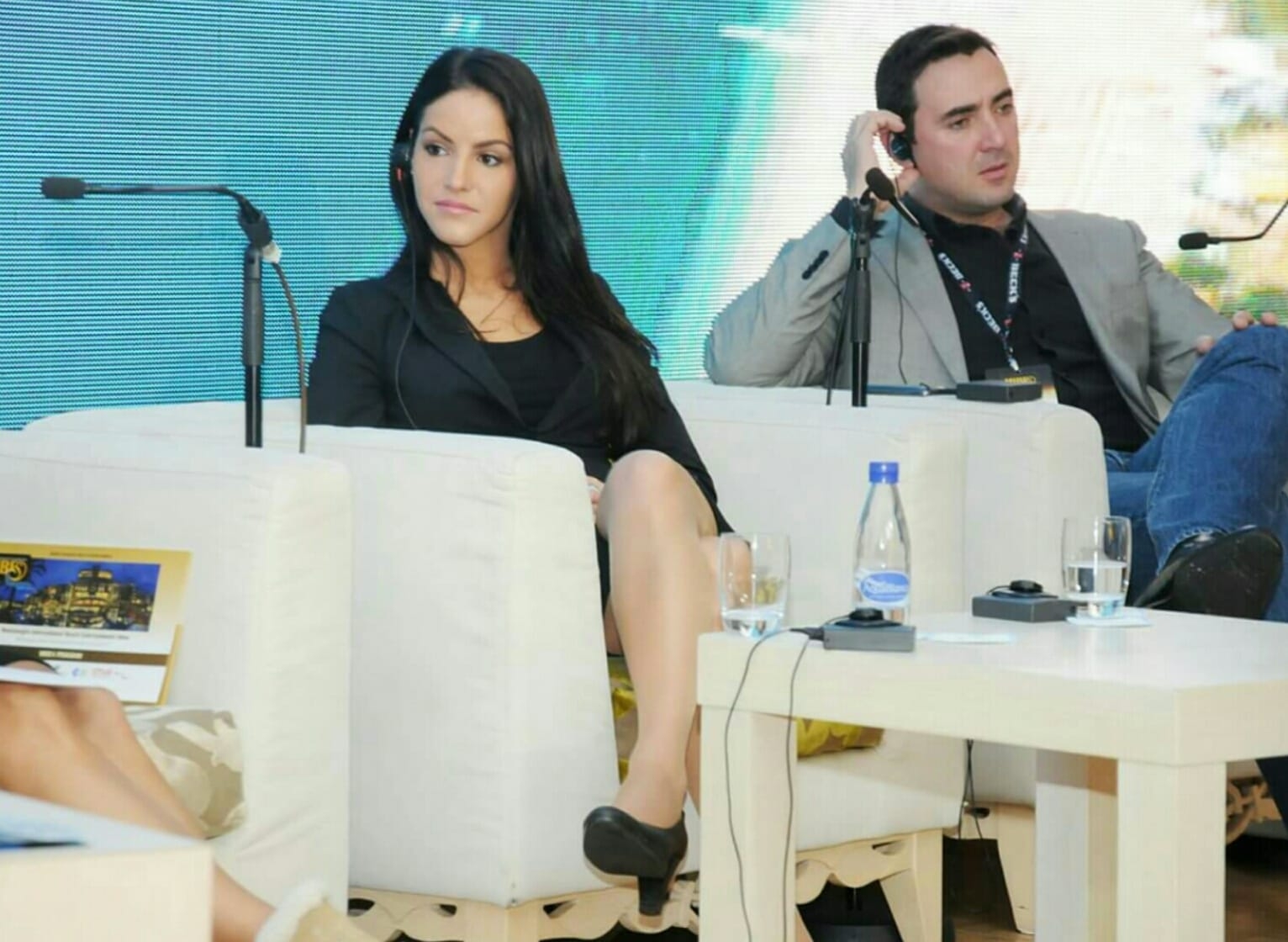Barbara Jarabik talking about art and technology synergy these days : Modern technology has inevitably influenced the field of education as well, but probably not so radically. While the foundational system is still there, where a teacher instructs students, and students use their studies to learn and pass knowledge along to the next generation. On the other hand, the development of online educational programs had a fundamental shift on the interactions between teachers and students. Where the interactions often take place online rather than with physical presence, as it is the most adapted way during the covid times. Furthermore, with technology, particularly navigation to the internet, students have access to a wide sea of information to support their studies and expand their learning. However, as more and more schools provide their students with I-Pads or laptops, the need for standard textbooks will become non-existent.

The culture of a society is reflected in values, norms and practices. Culture observes itself through individuals to reflect their perception, practices, values and in transfer of technology. Technology has a crucial impact on fundamental aspects of all our cultures including language, art, mobility, education and religion. Culture of a community acts as a standard for perceiving, judging and evaluating the technology. As technology affects all the components of culture, it determines the direction of cultural development. To occupy the larger cultural dimension, technology should be in harmony with social and cultural conditions of community else there exists a friction between technological development and preservation of cultural values. A rational balance allows people to exercise freedom of expression in technical world which is beyond one’s ethnicity, age, or level of education. People use it for fulfilling their fantasies but a cultural downfall may occur due to lack of restrictions, regulation and/or consequences.
Technology, for an example, mobile phones find a very unique integration with culture and the work that an individual does (Palen, 2001, pp. 109- 122), today we see that technologies like mobile phones are being used in various roles , in one culture we see that it is used from the simple function as a torch light to more complex roles like fishermen using it for marketing and weather reports (Mittal, 2010). In another we observe how it changes the way people think and brings about a change in society (Contarello, 2007, pp. 149-163), we also observed that it has also seen applications in businesses like new apps (Butler, 2011), our daily activities. Technology is slowly getting locked with our culture, and becomes a daily necessity in some other cultures.
I would like to discuss in this article whether the ease of access to modern technology holds significant consequences on socio-culture. How does the technology influence in shaping the society thinking, and what are the positive and negative impacts. The nature between technology and socio-culture is cyclical, where each greatly affects the other. Starting with the culture of human societies and resulting in the development of different technologies to meet the needs of the society. Let’s start with the real meaning behind technology and socio-culture. Read extra information on Barbara Jarabik.
In other scenarios it can be a concept. The earth used to be flat in the mediaeval times, for one culture (Russell, 2007) and the earth used to be round revolving around the sun in other and the earth used to be round with some revolving around the earth in some other culture (Diakidoy, 2001). There used to be a boundary of communication, but today some of the common technologies like communication has got deeply integrated with most of the cultures and this gives a chance for us to share our ideas and thoughts that have been prevailing for centuries. This could add to a concept which I developed which gives importance to a collective conscious C (Abraham, 2014), but here I would call it cultural integration and collaboration by using technology.